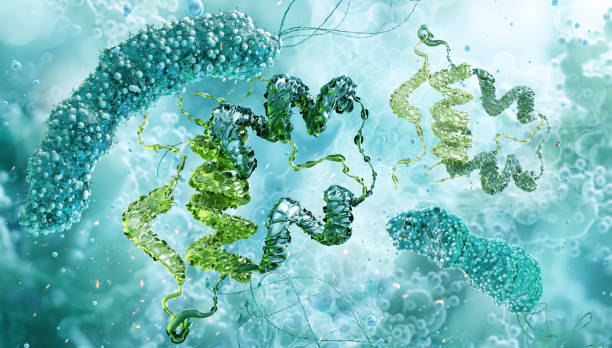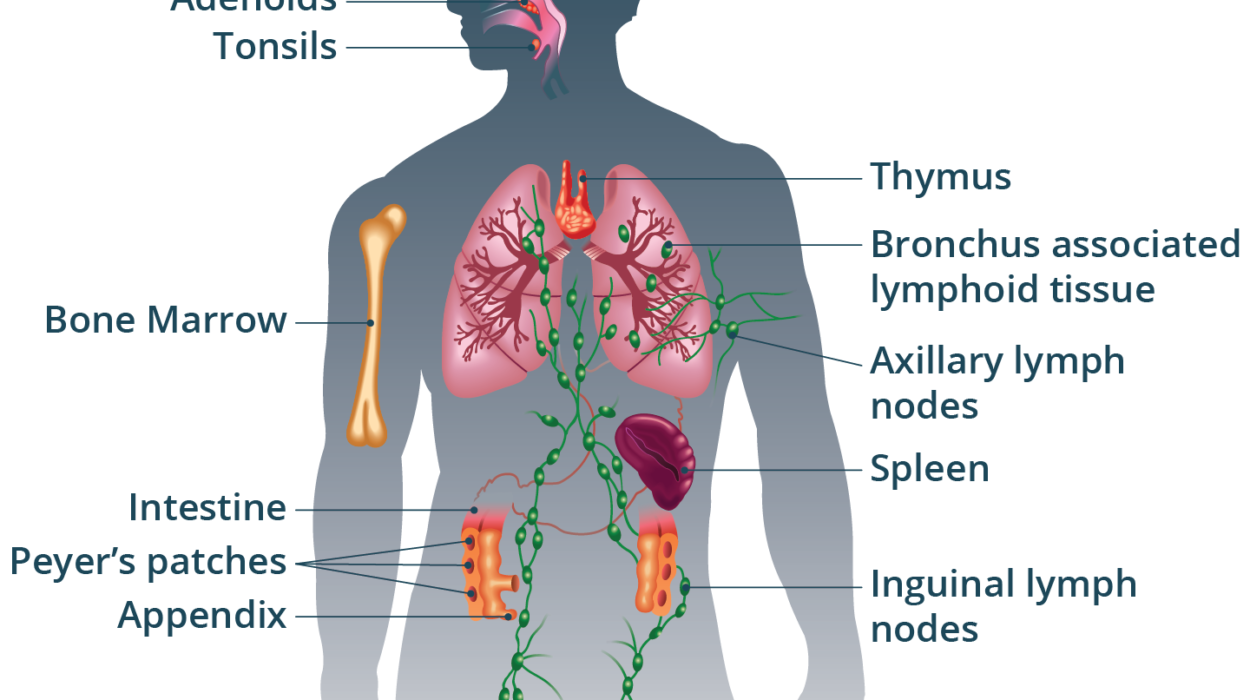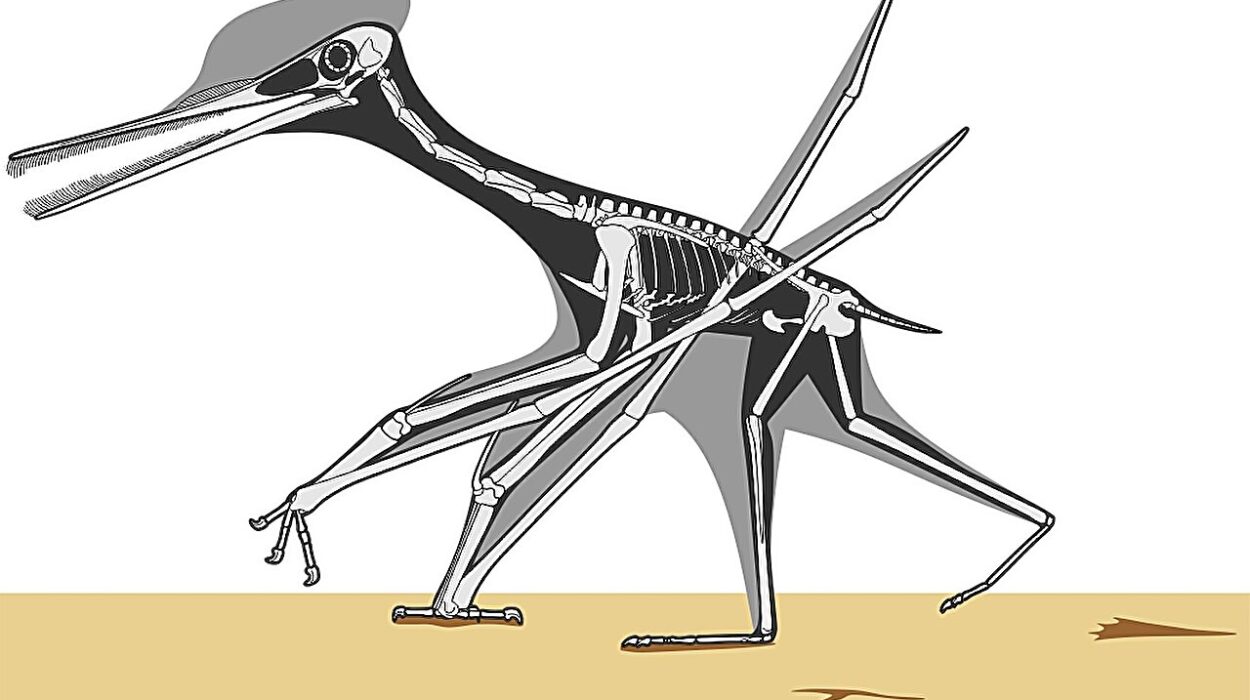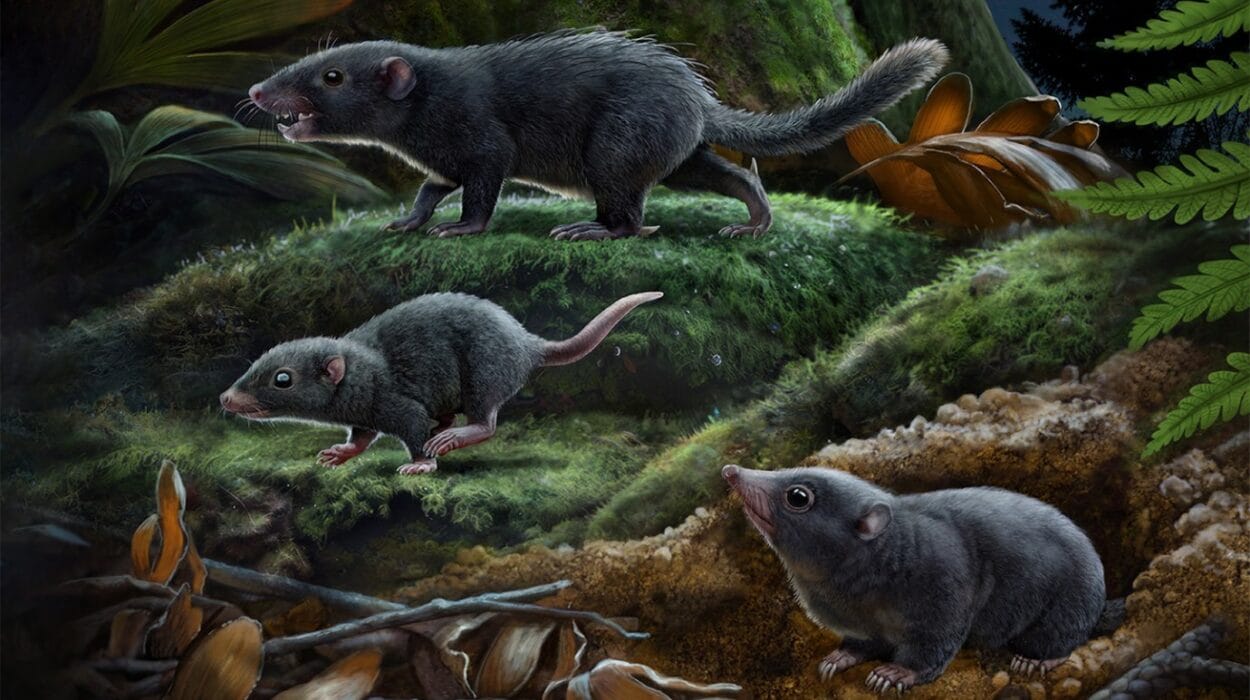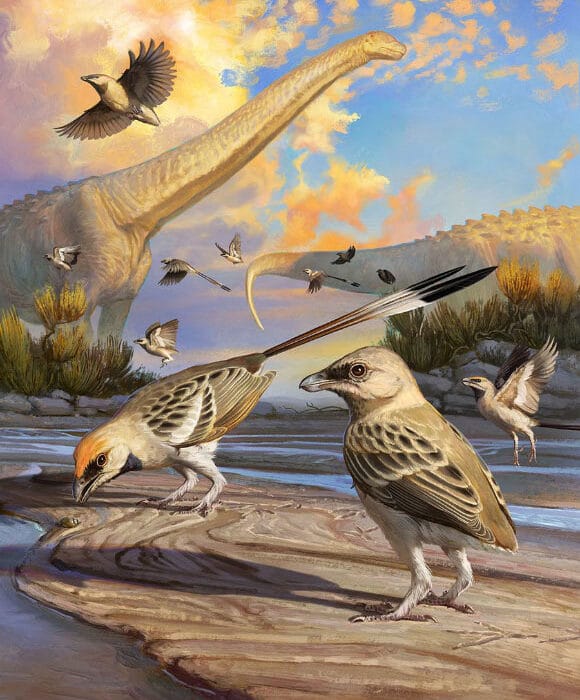When we think about digestion, we often envision the journey of food through our stomachs and intestines. We may imagine how food is broken down into smaller parts, absorbed into the bloodstream, and transformed into the energy that fuels our daily activities. However, this intricate process wouldn’t be possible without the help of enzymes. These tiny yet powerful biological catalysts play an indispensable role in breaking down the complex food we eat into nutrients that our body can absorb and use.
Enzymes are the unsung heroes of the digestive process. Although they are present in nearly every aspect of digestion, their function is often overlooked. In this article, we will take a deep dive into the role of enzymes in digestion—exploring how they work, where they come from, and why they are absolutely essential for maintaining proper digestive health.
What Are Enzymes?
Enzymes are specialized proteins that act as biological catalysts, speeding up chemical reactions in the body. They are responsible for catalyzing a wide range of biochemical reactions, including the breakdown of food during digestion. Without enzymes, the chemical reactions required to digest food would occur far too slowly to support life. Essentially, enzymes make digestion happen at a rate that’s compatible with life.
Each enzyme is specific to a particular substrate, meaning that each enzyme can only catalyze one type of reaction or act on a specific molecule. For instance, amylase, an enzyme present in saliva, is responsible for breaking down starch into simpler sugars, while lipase breaks down fats into fatty acids and glycerol. These enzymes function by lowering the activation energy needed for the chemical reactions to occur, making the process far more efficient.
Enzymes are highly specific, meaning that the shape and structure of the enzyme must match the molecule it works with, much like a lock and key. The precision with which enzymes carry out their tasks is one of the reasons why the digestive system is so effective at extracting nutrients from food.
The Digestive System: A Complex Journey
Before diving into the specifics of enzyme function, it’s important to understand the overall process of digestion. The journey begins as soon as food enters the mouth and continues through a series of organs and systems, ultimately resulting in the absorption of nutrients. Enzymes are present at every stage of this journey, facilitating the breakdown of food into usable forms.
The Mouth: Salivary Enzymes Kick Off the Process
The digestive process begins in the mouth. When you take a bite of food, your teeth start the mechanical process of breaking it down into smaller pieces. At the same time, your salivary glands begin to secrete saliva, which contains enzymes that help break down the food chemically.
One of the main enzymes in saliva is amylase, also known as salivary amylase. Amylase begins the process of breaking down complex carbohydrates (starches) into simpler sugars, such as maltose. This is why even before the food reaches your stomach, some of the digestion of carbohydrates is already happening.
In addition to amylase, saliva also contains lipase, though in small amounts. Lipase is an enzyme that starts the process of fat digestion, breaking down fats into fatty acids and glycerol, but its activity is minimal in the mouth. The salivary enzymes prepare the food for further digestion as it moves through the digestive tract.
The Stomach: The Role of Gastric Enzymes
Once the food reaches the stomach, the process of digestion accelerates. The stomach is a highly acidic environment, with gastric juices containing hydrochloric acid (HCl) that help break down food and kill harmful bacteria. But enzymes are the real heavy hitters in the stomach, continuing the breakdown process that began in the mouth.
One of the most important enzymes in the stomach is pepsin. Pepsin is secreted in an inactive form known as pepsinogen, which is then activated by the acidic environment of the stomach. Once activated, pepsin begins breaking down proteins into smaller peptides, which are shorter chains of amino acids.
Proteins are large, complex molecules that must be broken down into their building blocks—amino acids—before they can be absorbed by the small intestine. Pepsin plays a crucial role in this process, ensuring that proteins are broken down efficiently into smaller fragments that can later be further digested and absorbed.
In addition to pepsin, the stomach also produces lipase, which continues the digestion of fats, though to a lesser extent than in the small intestine. The stomach’s acidic environment helps to denature proteins and activate digestive enzymes, setting the stage for the further breakdown of food.
The Small Intestine: Enzymes Take Center Stage
The majority of digestive enzyme activity occurs in the small intestine, where most of the absorption of nutrients takes place. Here, a variety of enzymes break down carbohydrates, proteins, and fats into their simplest forms, which can then be absorbed through the walls of the intestine into the bloodstream.
Pancreatic Enzymes
The pancreas plays a central role in digestion by secreting digestive enzymes into the small intestine. These enzymes include amylase, lipase, and proteases, all of which are essential for the digestion of carbohydrates, fats, and proteins.
- Pancreatic amylase continues the work started by salivary amylase in the mouth, breaking down starches into sugars.
- Pancreatic lipase is responsible for breaking down fats into fatty acids and glycerol. This enzyme works in conjunction with bile, a substance produced by the liver and stored in the gallbladder. Bile helps emulsify fats, breaking them into smaller droplets that can be more easily acted upon by lipase.
- Proteases, such as trypsin and chymotrypsin, break down proteins into smaller peptides and individual amino acids. These enzymes are secreted in an inactive form (trypsinogen and chymotrypsinogen) and are activated once they reach the small intestine.
These pancreatic enzymes are released into the small intestine, where they work together to break down food into molecules that can be absorbed by the intestinal lining.
Intestinal Enzymes
In addition to pancreatic enzymes, the small intestine itself produces a variety of enzymes that further break down food. These enzymes are located on the surface of the intestinal villi, tiny finger-like projections that line the inner wall of the small intestine. Some of the key enzymes include:
- Maltase: This enzyme breaks down maltose (a disaccharide) into two glucose molecules.
- Lactase: Lactase breaks down lactose, the sugar found in milk, into glucose and galactose. People who are lactose intolerant have insufficient amounts of lactase, leading to difficulty digesting dairy products.
- Sucrase: Sucrase breaks down sucrose (table sugar) into glucose and fructose, both of which can be absorbed by the intestine.
Together, these enzymes complete the breakdown of carbohydrates, fats, and proteins into their simplest forms, allowing for efficient absorption through the intestinal walls.
Absorption and the Role of Enzymes in Nutrient Transport
Once food has been broken down into its simplest components—glucose, amino acids, fatty acids, and glycerol—these nutrients are absorbed into the bloodstream. The absorption process occurs mainly in the small intestine, where tiny structures called villi increase the surface area for absorption.
Enzymes play a critical role in ensuring that these nutrients are broken down to a point where they can be absorbed. Without enzymes, digestion would be inefficient, and nutrients would not be available for the body to use. The breakdown of nutrients also makes them more water-soluble, allowing them to pass easily into the bloodstream.
Enzymes and Digestive Disorders
Enzymes are not only important for healthy digestion—they are also central to the management of various digestive disorders. A deficiency in certain digestive enzymes can lead to a variety of health issues, including malabsorption, bloating, and discomfort.
Lactose Intolerance
As mentioned earlier, lactase is the enzyme responsible for breaking down lactose, the sugar found in milk. When the body produces insufficient amounts of lactase, lactose remains undigested and moves into the large intestine, where bacteria ferment it, causing symptoms like bloating, gas, and diarrhea. This condition is known as lactose intolerance.
Celiac Disease and Enzyme Deficiency
Celiac disease is an autoimmune disorder that occurs when the ingestion of gluten (a protein found in wheat, barley, and rye) triggers an immune response that damages the small intestine lining. This damage can interfere with the absorption of nutrients and affect the production of enzymes. People with celiac disease often experience malabsorption and may require enzyme supplements to help break down certain nutrients.
Pancreatic Insufficiency
Pancreatic insufficiency occurs when the pancreas does not produce enough digestive enzymes, including amylase, lipase, and proteases. This condition can lead to poor digestion and malabsorption of fats, proteins, and carbohydrates. It is commonly associated with diseases such as chronic pancreatitis, cystic fibrosis, and pancreatic cancer. People with pancreatic insufficiency often require enzyme replacement therapy to aid in digestion.
Conclusion: The Vital Role of Enzymes
The role of enzymes in digestion is nothing short of miraculous. These specialized proteins break down the food we eat into the smallest components—carbohydrates into sugars, proteins into amino acids, and fats into fatty acids and glycerol—allowing our bodies to absorb and utilize these essential nutrients. Without enzymes, digestion would be a slow, inefficient process, and our bodies would not be able to derive the nutrients needed to survive.
From the moment food enters the mouth to the final stages of absorption in the small intestine, enzymes are there, performing their vital tasks. They are the silent workers that allow the digestive process to occur smoothly, without us even realizing it. Understanding the role of enzymes in digestion not only sheds light on the complexity of our digestive system but also emphasizes the delicate balance required to maintain digestive health.
In short, enzymes are the true heroes of digestion. Without them, the intricate process of converting food into the energy and nutrients we need to thrive would be impossible.
